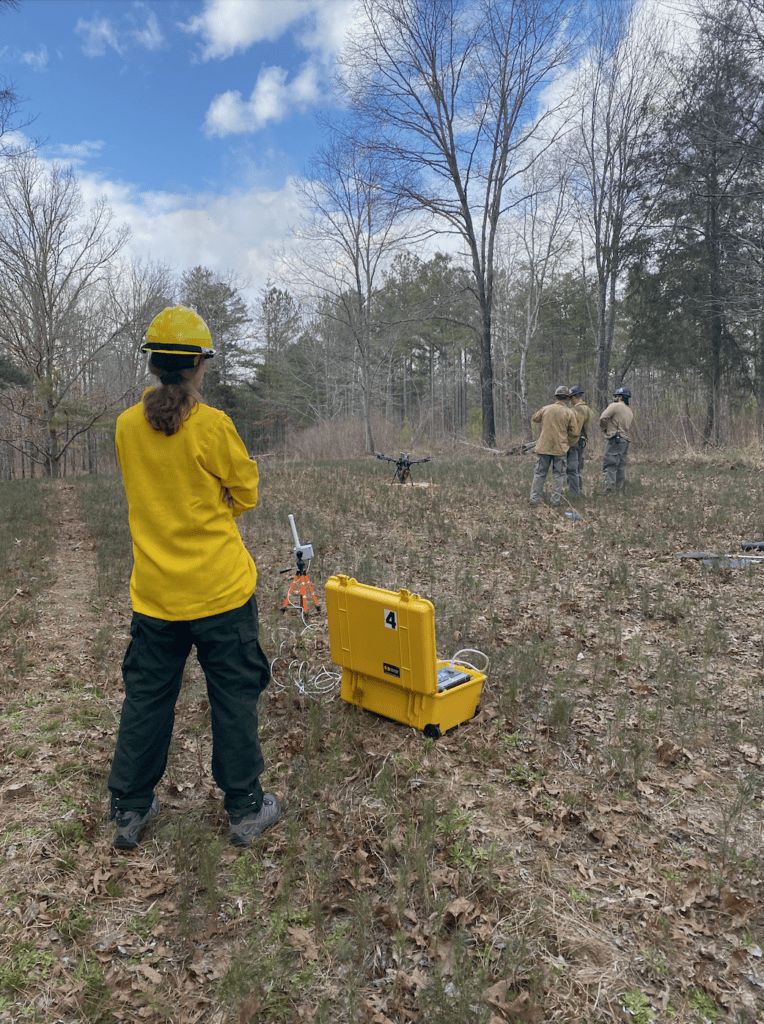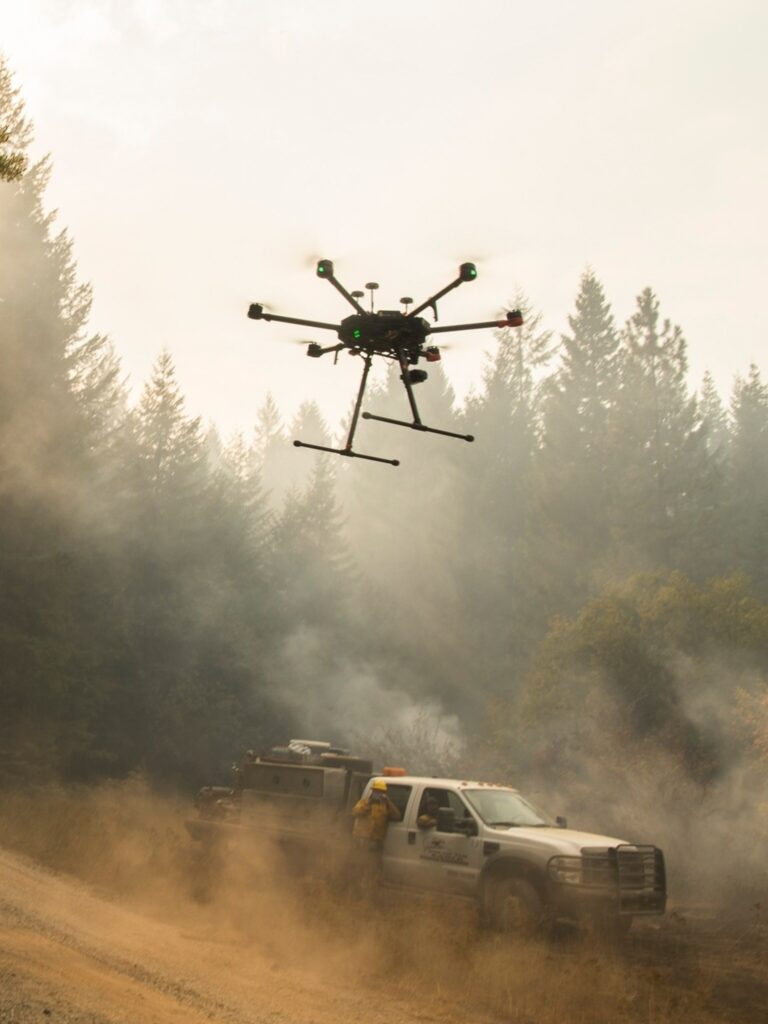DFS Declares Global Debut of GBAS CAT II Operations at Frankfurt Airport
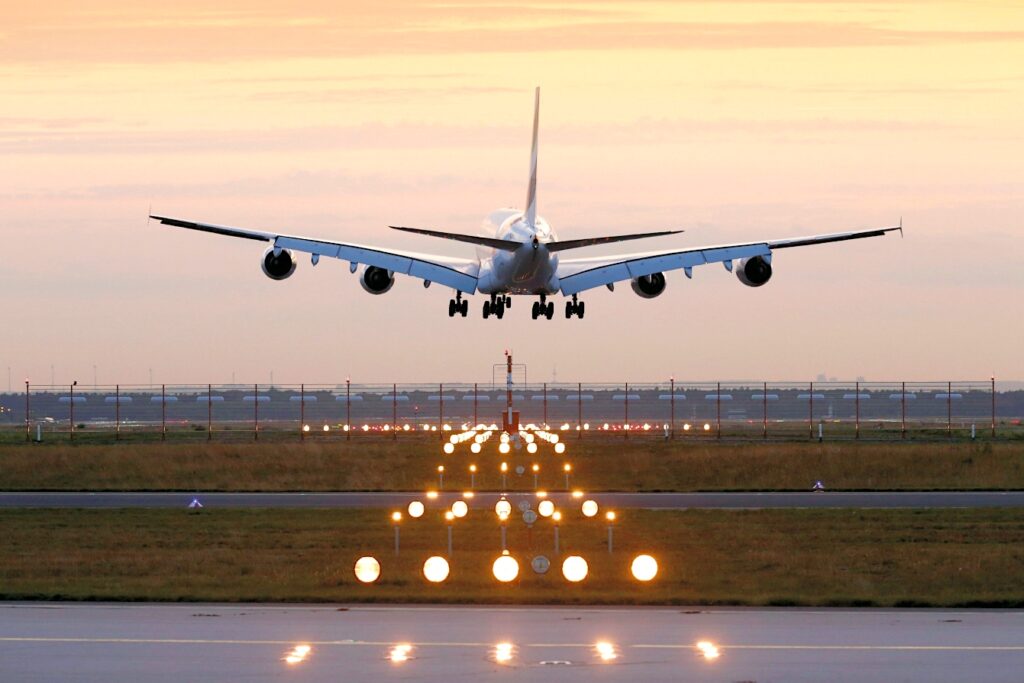

An A380 lands at Frankfurt Airport in Germany, where DFS is now supporting GBAS CAT II approaches and landings. (Photo courtesy of DFS)
Airlines that fly to Frankfurt Airport can now use the Ground Based Augmentation System (GBAS) deployed there for category II (CAT II) landings, making it the world’s first airport to support GBAS CAT II operations, according to DFS, the German air navigation service provider (ANSP).
DFS first deployed GBAS at Frankfurt in 2014, and airlines have been able to use the digital precision landing system since then—under good visibility or CAT I conditions. Now, thanks to an upgrade made to the GBAS station deployed at Frankfurt by DFS, airlines for the first time can use GBAS even in poor weather conditions.
GBAS is a technology that the Federal Aviation Administration describes as a ground-based station that is tasked with correcting the Global Positioning System (GPS) signals used by aircraft within the vicinity of an airport to “improve the accuracy of, and provide integrity for, these aircrafts’ GPS navigational position.” The GBAS system deployed in Frankfurt, Honeywell’s SmartPath, supports up to 48 different approach combinations to various runways from a single ground station.
In emailed statements provided to Avionics International, Olaf Weber, GBAS product manager for DFS, said that the German ANSP demonstrated the feasibility of GLS (GBAS Landing System) approaches and landings down to CAT II under a collaboration with Lufthansa and Airbus as part of a Single European Sky ATM Research (SESAR) project called “Demonstration of Runway Enhanced Approaches Made with Satellite Navigation” (DREAMS). An upgrade made to the GBAS station allowed DFS to publish the GLS CAT II procedures with “3° and 3.2° glideslope,” according to Weber.
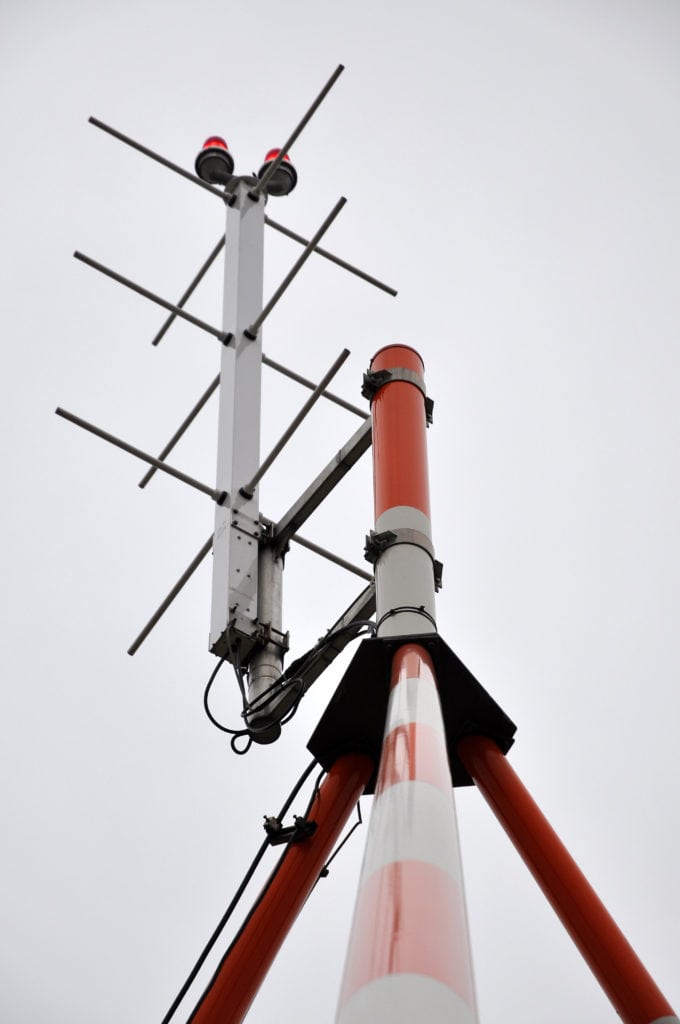
The GBAS antenna at Frankfurt Airport. “A lot of Boeing models are already equipped and approved for the GLS CAT II service. Airbus is currently working on approval for its aircraft types.” – Olaf Weber, GBAS Product Manager, DFS.
GBAS technology is also less expensive to maintain and operate compared to the traditional Instrument Landing Systems (ILS) used at most airports, mainly because it requires an individual ILS for each runway. That compares to GBAS which requires one ground station that features four GPS antennas, a computer, and a VHS transmitter capable of managing approaches and landings for every runway at the airport.
“A major challenge for differential GPS systems like GBAS is their sensitivity to spatial de-correlation due to variation in ionosphere delay between aircraft and the GBAS ground station. Therefore, DFS has integrated an [satellite based augmentation system] SBAS receiver to the GBAS ground station,” Weber said. “By adding an SBAS receiver to the GBAS ground station, it allows the station to make use of the navigational service EGNOS regarding ionospheric corrections and assures specific continuity requirements. In this way, the station supports CAT II operations based on amplified CAT I (GAST C) equipment.”
In order to fly the GBAS landings at Frankfurt or any airport that features GBAS ground stations, an aircraft needs to be equipped with a Multi-Mode Receiver (MMR), which Weber says most new in-production Boeing models feature already. Still, the number of aircraft properly equipped to fly GBAS landings at Frankfurt is relatively low.
According to ICAO, some of the main benefits derived from using GBAS for airlines include fuel savings, noise reduction, and more flexible flight paths for approaches and landings.
“The current GBAS equipage rate at Frankfurt Airport is about 10 percent,” he said, adding that “It is the world’s first GBAS CAT II service. Airlines, ANSPs and manufacturers have been collaborating on a worldwide scale. SESAR and the FAA’s NextGen programmes are working towards replacing ILS with ground-based augmentation systems.”
The post DFS Declares Global Debut of GBAS CAT II Operations at Frankfurt Airport appeared first on Aviation Today.
—————
Boost Internet Speed–
Free Business Hosting–
Free Email Account–
Dropcatch–
Free Secure Email–
Secure Email–
Cheap VOIP Calls–
Free Hosting–
Boost Inflight Wifi–
Premium Domains–
Free Domains






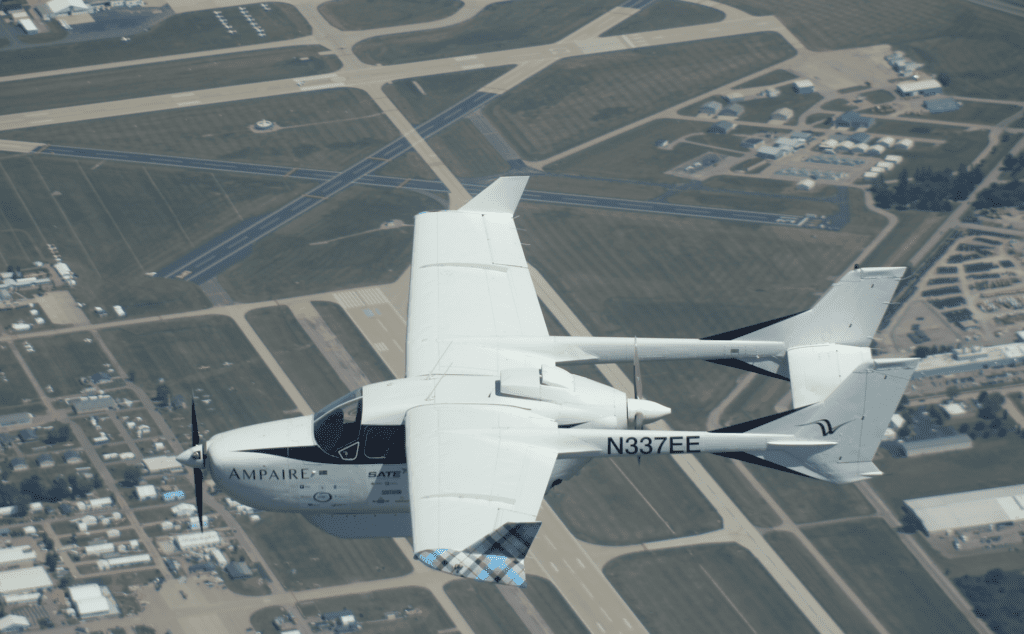
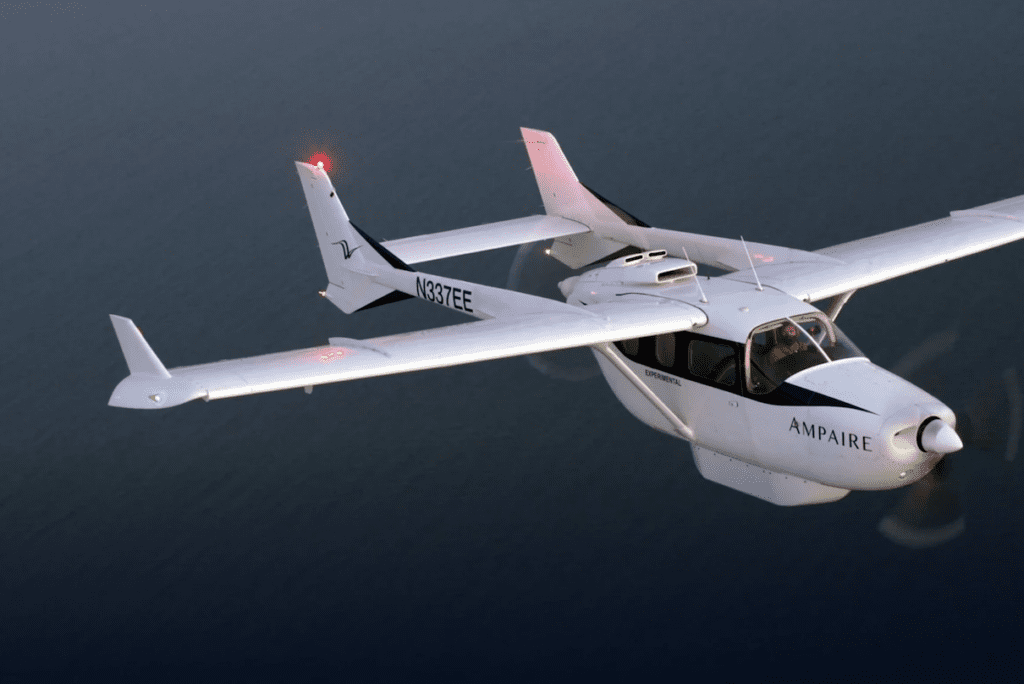
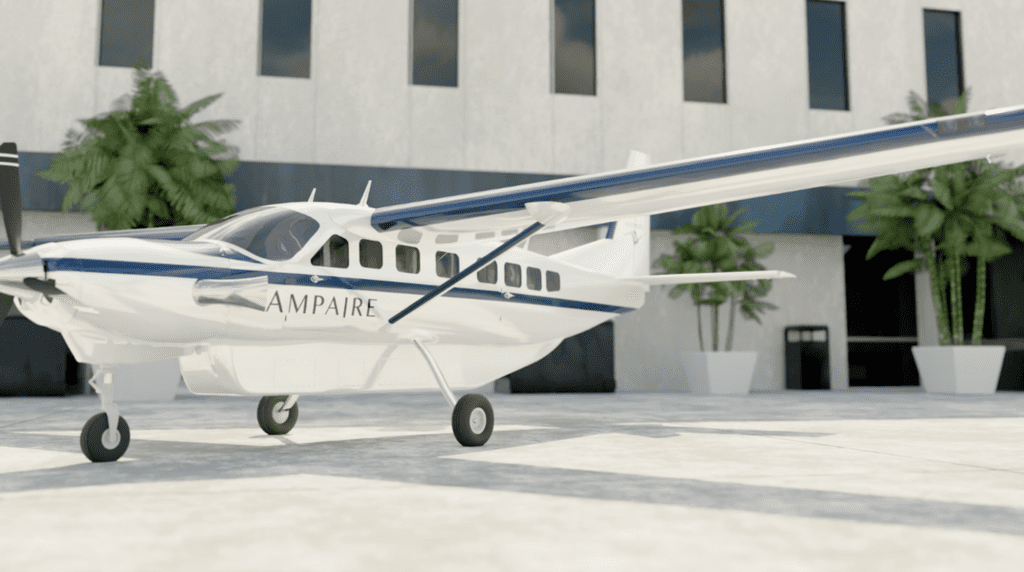


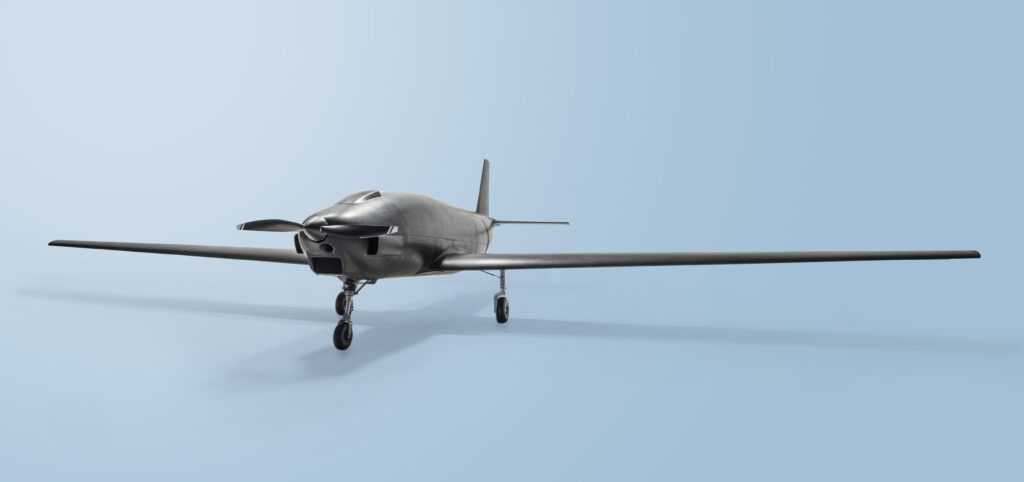
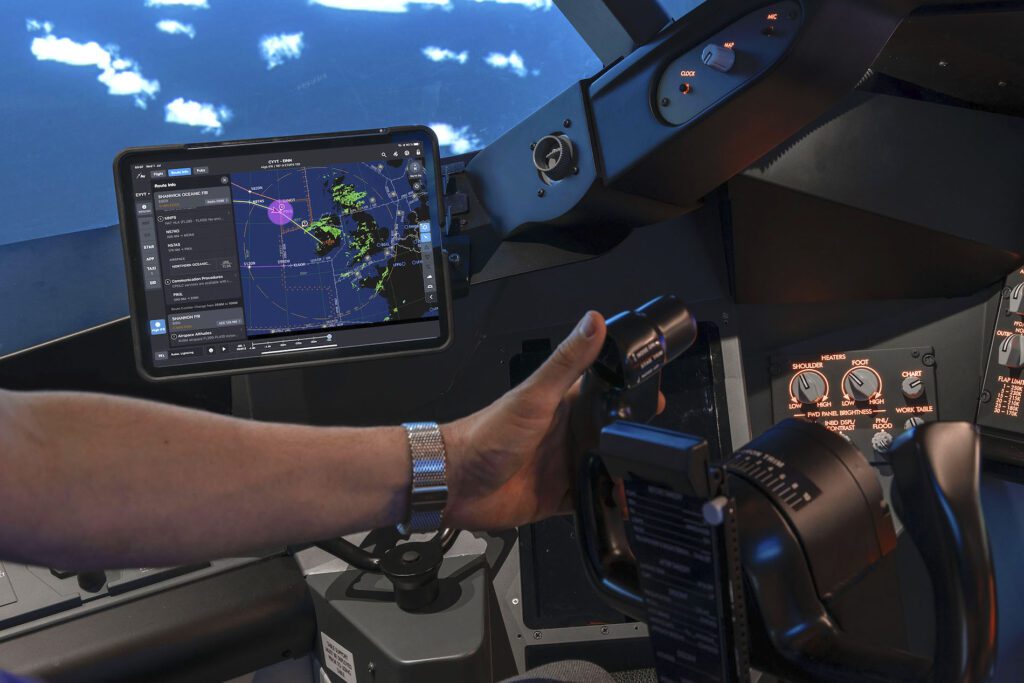
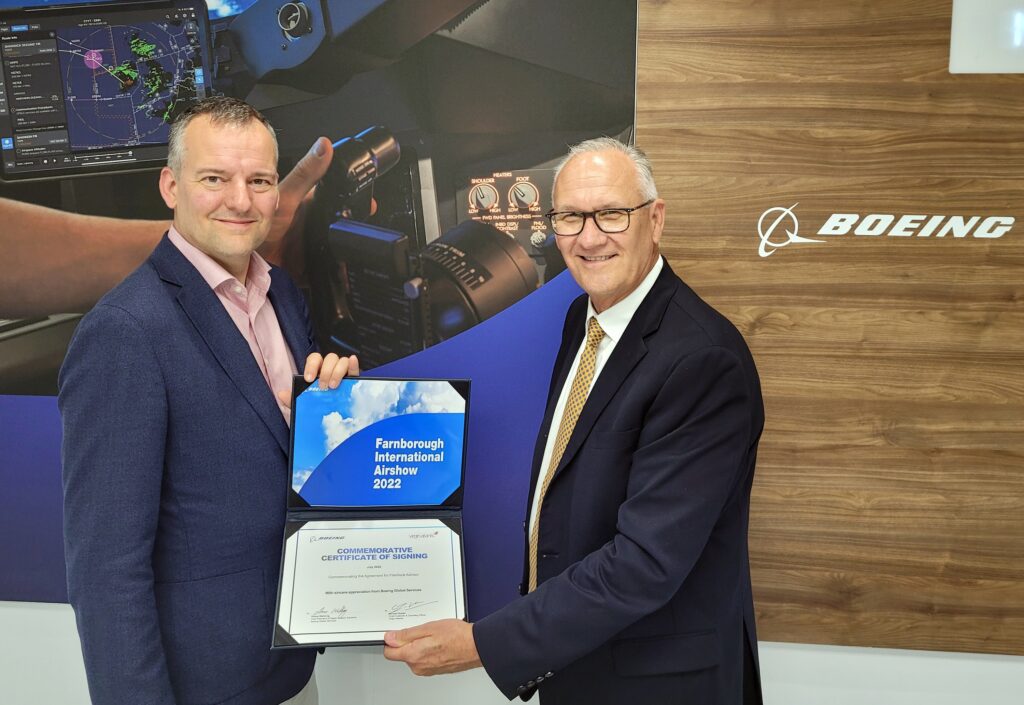
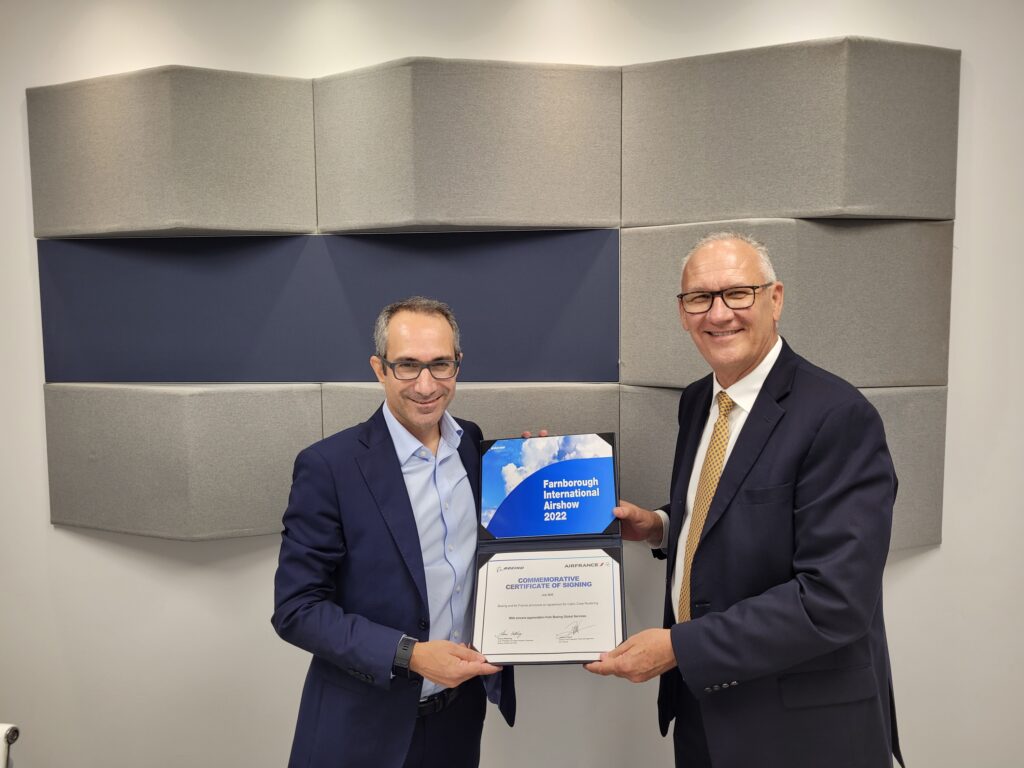
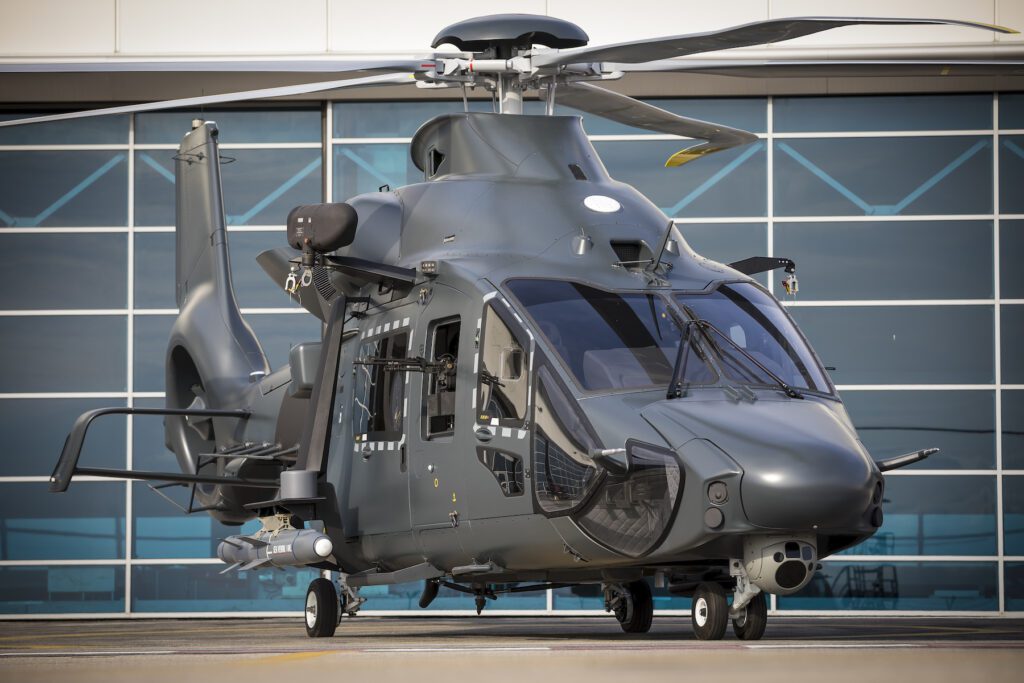
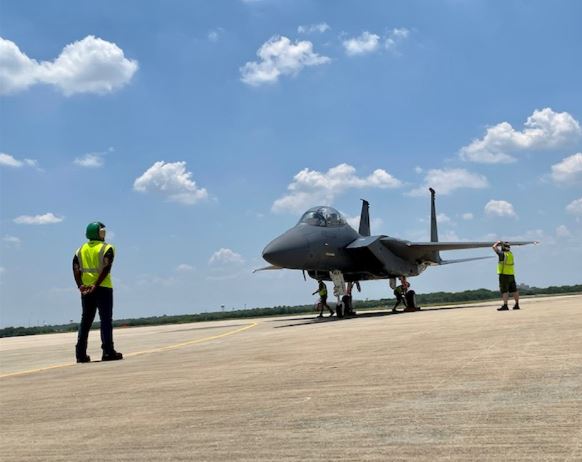
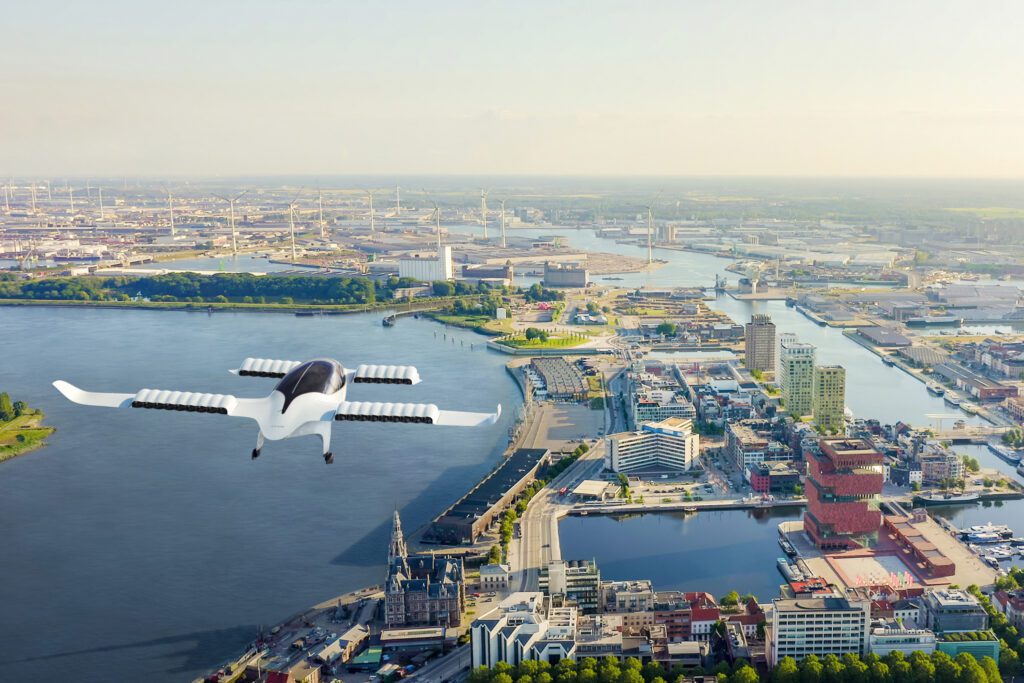


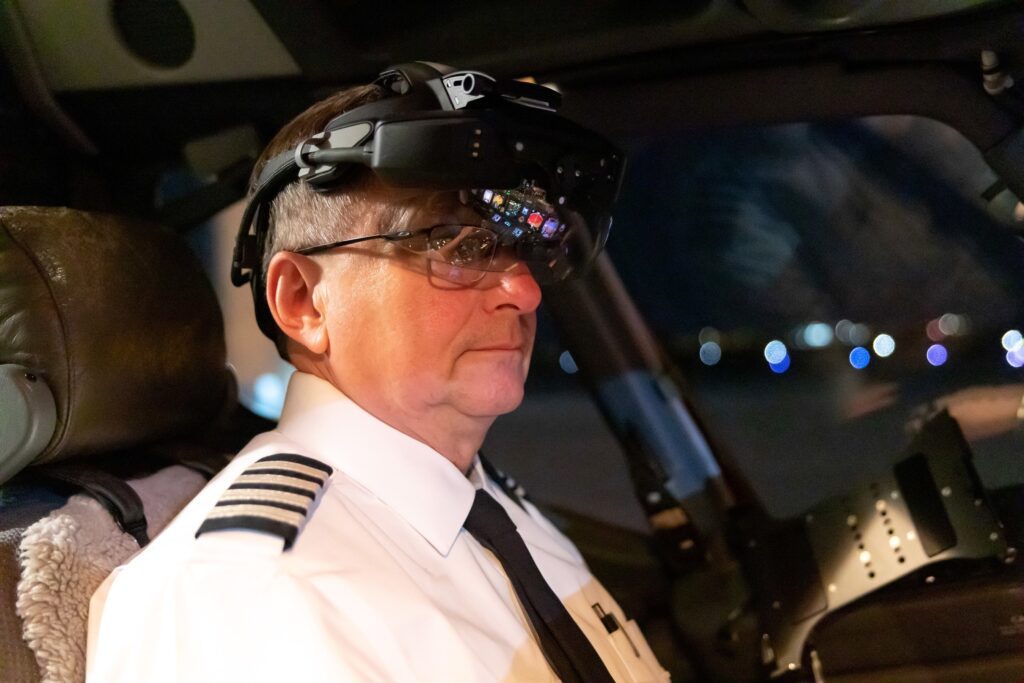
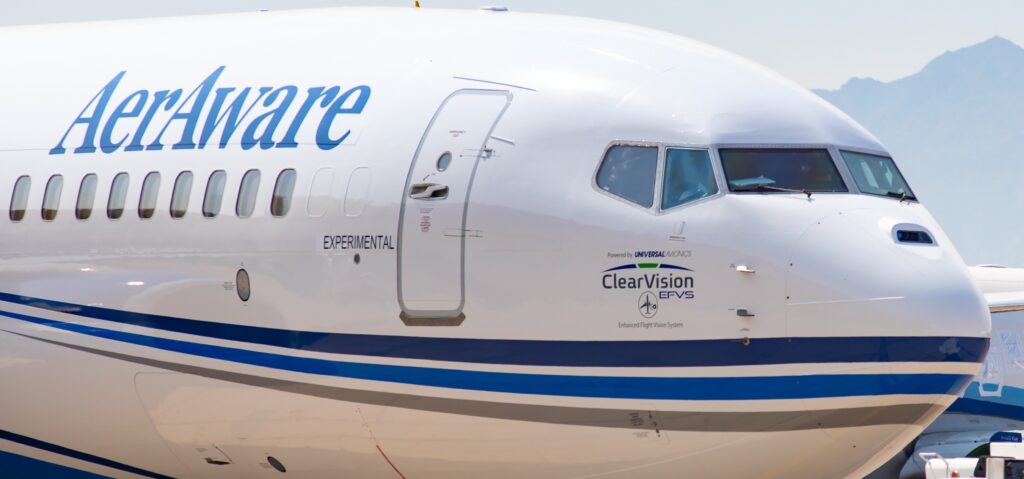
 Head Wearable Display (HWD) and EVS-5000 cameras to AerSale to distribute the system to airlines as “AerAware.”
Head Wearable Display (HWD) and EVS-5000 cameras to AerSale to distribute the system to airlines as “AerAware.”
